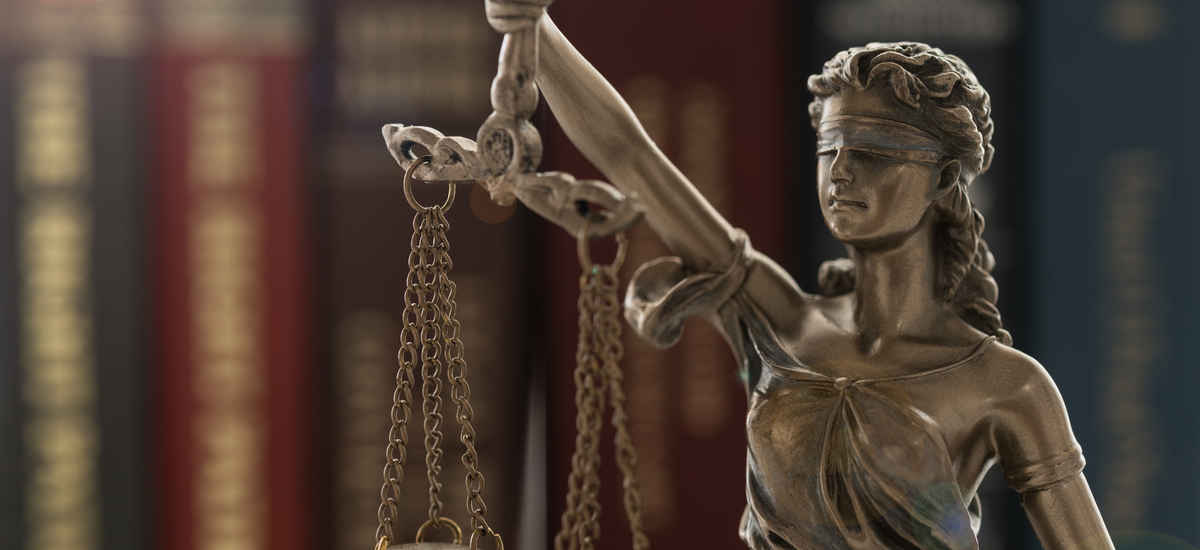In India, the PIL results from the Supreme Court's judicial activism function. PIL is defined as litigation conducted to protect the public interest and illustrate the provision of justice to socially deprived parties.
PIL (public interest litigation) relates to litigation filed with the court in the general public’s best interests, either by a person or company serving the public good. However, this procedure has emerged in India since the late 1960s, and it was not until the 1980s that it became a prevalent issue, ushering in one of the most substantial changes to the law system. This article from India Legal System explains PIL and the person behind its prevalent use.
India, Towards The End Of The 1970s – 1980s
Two Indian Supreme Court judges, Bhagwati and Iyer JJ, laid the foundation for the onset of PIL in India from the mid-1970s to the early 1980s. It included modifying the old way, easing the filing of writ petitions, instituting or broadening FRs, overcoming evidence concerns, and evolving innovative solutions. Modifications to the traditional stipulation of status were needed to develop PIL and any public body’s involvement in the judicial process.
Most people either were unsure of their legal rights or were too poor to ask for help. Acknowledging necessity, the court decided that any member of the general public people who act in reasonable care and with adequate inquisitiveness may approach the court for remedial action of a specific crime, particularly if the real claimant continues to suffer from some impairment or an infringement of collaborative dispersed privileges is at risk.
This understanding enabled the court to establish epistolary judicial power, allowing it to acknowledge letters or communications as writ petition 39. The judiciary focused on delivering a fair and unbiased system after removing the hurdles postured by locus standi and the method for filing petitions were filed. A valuable addition for trying to pursue a wide range of PIL issues. This was done by integrating existing data and interpreting current information. FRs on a massive scale, as well as developing new FRs. According to Article 21, “no one shall be arbitrarily deprived of his or her life or freedom unless the legal procedures have practised it” has substantiated to be the most productive.
Judicial Activism Role Of The Supreme Court
In recent years, public interest or social representation lawsuits have grown in importance, drawing the attention of all involved parties. The Supreme Court recently laid back the typical “Locus Standi” rule, which enables a person whose privilege has been violated to petition the court on his or her own. The jury now allows lawsuits to to be helped to bring at the proposal of “Public-Spirited Citizens” Public-Spirited Citizens to safeguard and impose legal and constitutional rights.
A personally liable citizen must be permitted to apply to the public interest. In the Judges Transfer Case, also identified as S.P. Gupta vs Union of India, Justice Bhagwati, a Supreme Court judge referred for just being pro-poor and activist, fully established the authenticity of public interest litigation. A huge number of new interest litigation pleas have been submitted ever since.
It is worth noting that, at least in India, PIL is not like a civil suit or team litigation. The former is interested in ensuring equal justice for all societal constituent elements, whereas the latter is primarily motivated by efficiency concerns. In India, PIL was a massive success, and it is based on the constitution case, not a civil case. As an outcome, to fully understand and comprehend the progression of India, a fundamental knowledge of the Indian Constitution, as well as the Indian justice system and its structure, is required.
The nation proclaimed independence from British rule on August 11th, and The people of India enacted a law in the hopes of creating a democratically elected government, a self-proclaimed sovereign socialist, secular democratic nation, in November 1949.
The Pioneers Of The PIL Theory
Justices P. N. Bhagwati and V.R. Krishna Iyer of the Supreme Court of India produced landmark decisions that brought new avenues to PIL. It is litigation brought before a legal proceeding, not by an offended person, but by the court or another private entity. It is not essential for the victim of an infringement of his or her right to personally reach the court for the court to work out its authority.
Courts’ power granted to the public through judicial activism is known as public interest litigation. Even so, the individual filing the plea must demonstrate to the court’s fulfilment that the petition is being decided to file in the public interest and not simply as a civil lawsuit by a busy body. These cases may arise when the victim lacks sufficient resources to begin litigation or his right to proceed in court has been inhibited or intruded upon.
PIL now has extraordinary legitimacy and legally enforceable power, and it is recognised as a potent force in the fight against governing lawlessness and societal inequalities. The judicial communications emitted by PIL cases offer legal options for launching hardships against dominance and power misuses. The Indian PIL grew out of the electoral system of state violence, and it arose as a device to use legal authority to compel the government to keep its promises. PIL is a rare phenomenon in Indian constitutional law, with no comparison in the world.
This method is involved with the protection of interests of a class or collection of persons who are either target of governmental civil unrest, persecution, or societal inequalities, or who have been rejected their legal or constitutional rights, and who are unable to claim compensation in court leading to a shortage of resources, gullibility, or their underprivileged economic and social position. When the other two parts of government faced a legitimacy crisis, the Indian Supreme Court began to position itself as a last resort.
Conclusion
The judicial activism exhibited in the PIL strategy lays the groundwork for the general populace and thoughtful people to participate in India’s development phase. It demonstrates the legal system’s ability to provide equality to the poor and oppressed. The method has spotlighted many ancient practices that are still widespread in India, such as the plight of women in safe homes, victims of sexual slavery, and kids in juvenile establishments, as well as the enslavement of bonded and migrant labourers, outcasts, tribals, and others.
Also Read ,









